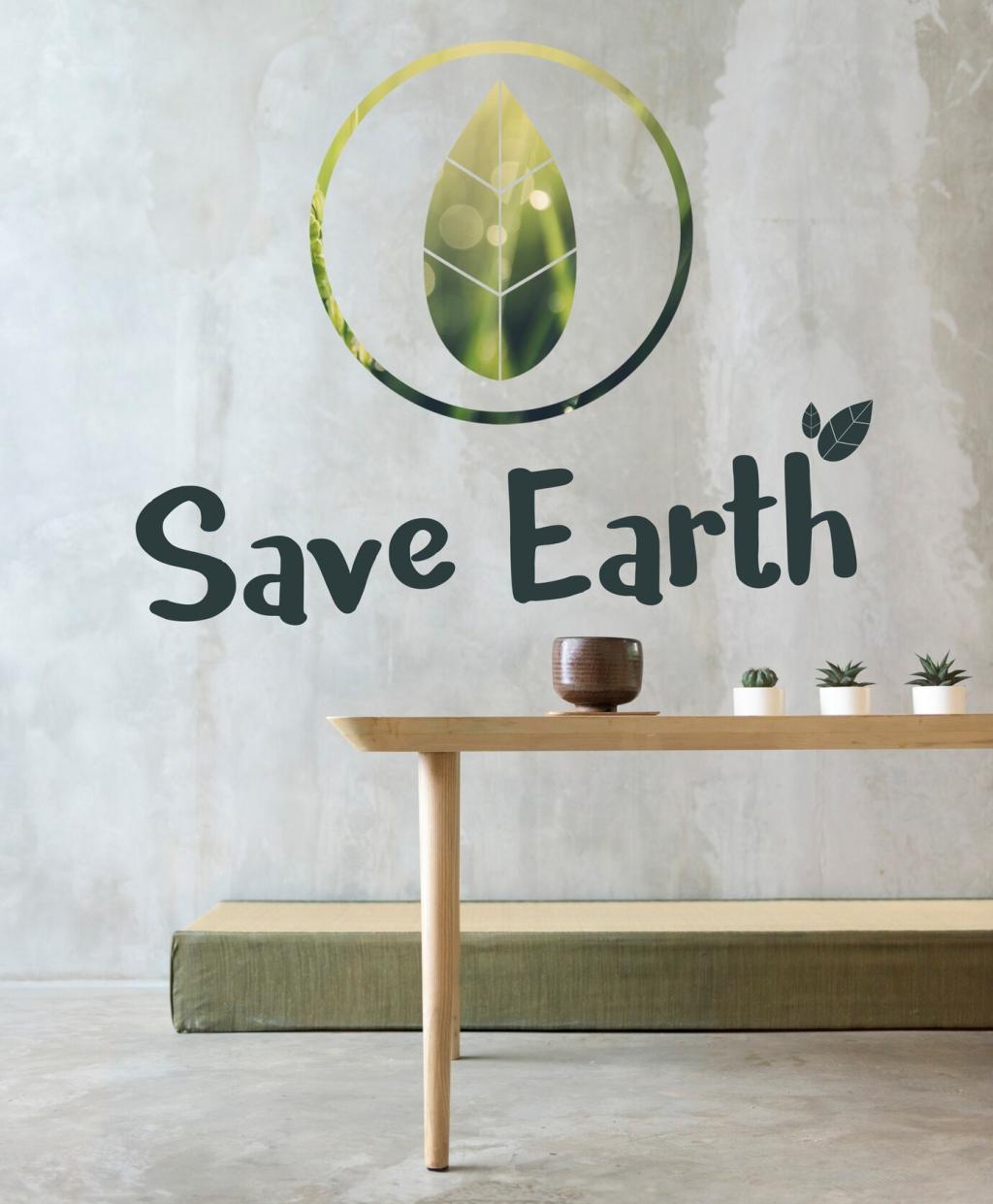
Cutting-edge Techniques for Green Home Remodeling
Green home remodeling has evolved far beyond basic energy efficiency upgrades. Today’s homeowners are embracing advanced techniques to create spaces that are sustainable, healthy, and technologically forward-thinking. This approach not only reduces environmental impact but also enhances comfort, energy savings, and long-term property value. Dive into the latest strategies driving the green home revolution and discover how you can transform your home into an eco-friendly sanctuary while staying ahead of industry trends.
Advanced Sustainable Materials
Cutting-edge insulation materials, such as aerogel and plant-based spray foams, offer remarkable thermal efficiency with minimal environmental impact. Aerogel insulation, for example, is derived from silica and boasts excellent insulating properties, making it possible to maintain consistent indoor temperatures with thinner wall sections. Plant-based foams use renewable feedstocks like soy and castor beans, reducing reliance on fossil fuels and toxic chemicals found in conventional insulation. By choosing advanced insulation solutions, homeowners not only lower energy bills but also enhance comfort and contribute to a healthier planet.

Smart Energy Management Solutions
Automated systems like smart thermostats, connected lighting, and energy monitoring devices allow for real-time adjustments and insights into household energy use. Smart thermostats can learn daily patterns and automatically optimize heating and cooling for occupancy, weather, and user preferences, dramatically reducing wasted energy. Paired with connected lighting that adapts to daylight levels or occupancy sensors, these systems create an environment that is both comfortable and resource-efficient. The integration of these technologies redefines energy management, putting sustainability at the fingertips of every resident.
Enhanced Indoor Air Quality
State-of-the-art air filtration and ventilation systems have become essential in green remodels, especially in tightly sealed, energy-efficient homes. Mechanical ventilation with heat recovery (HRV) or energy recovery (ERV) systems introduces a continuous supply of fresh air while conserving the home’s internal temperature, preventing energy loss. Advanced filters trap particulates, allergens, and airborne toxins, resulting in cleaner indoor air and reducing the risk of respiratory issues. Prioritizing air quality through these technologies creates a healthier, more enjoyable living environment for all occupants.
Non-toxic Building Products
Leading-edge green remodels swap out conventional building materials for those without formaldehyde, phthalates, or other harmful chemicals. New product lines offer everything from cabinetry to flooring and adhesives that meet strict emission standards while providing long-lasting performance. Architectural finishes that leverage natural components, such as lime or clay plasters, further enhance indoor air and humidity regulation. These non-toxic alternatives contribute to healthier interiors and safeguard the well-being of residents for years to come.
Natural Lighting Optimization
Harnessing daylight with advanced window designs, reflective surfaces, and skylights dramatically improves comfort and reduces energy consumption. High-performance glazing and framing technologies minimize heat loss and exposure to ultraviolet radiation, optimizing natural light without sacrificing insulation. Light shelves, tubular daylight devices, and strategic window placement illuminate interiors throughout the day. Enhancing natural lighting reduces reliance on artificial fixtures, supports circadian rhythms, and makes living spaces feel more expansive and welcoming.
